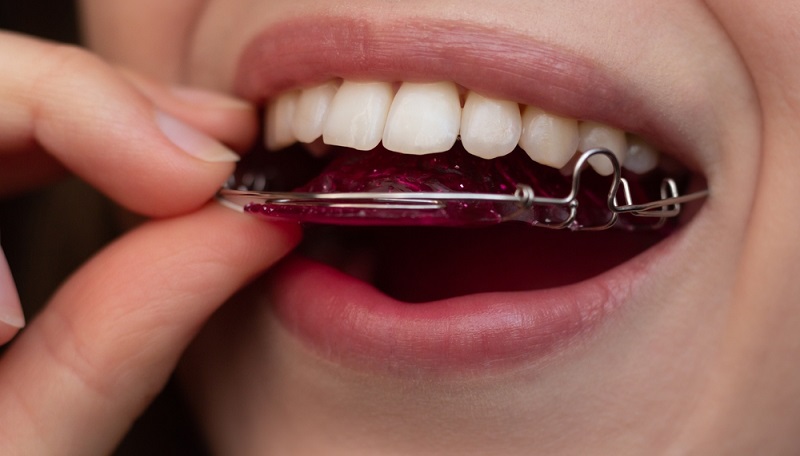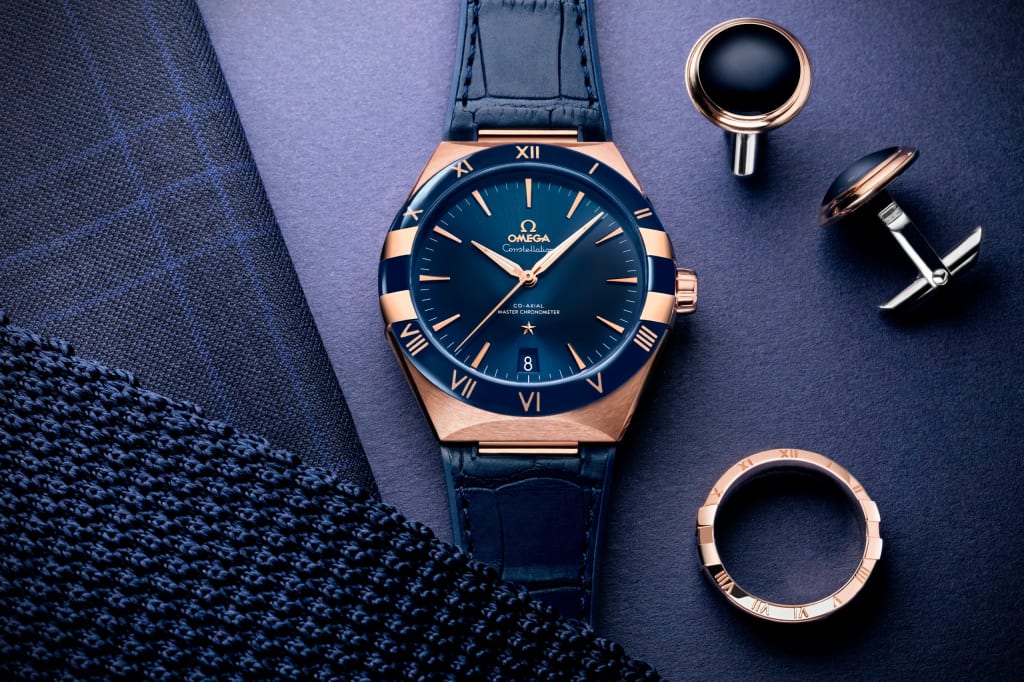Completing orthodontic treatment aligns your teeth into their new, ideal positions. Retainers help maintain this alignment by keeping teeth stable as your jaw adjusts. Consistent wear supports long-term results and prevents unwanted shifting. Here are some key factors on why it is suggested to wear your retainer after getting your braces off:
Your Teeth Have a Memory
After orthodontic treatment, retainers help support the teeth in maintaining their new positions while the surrounding tissues adjust. They apply gentle, consistent pressure that helps prevent gradual shifting, preserving the results achieved through braces or Invisalign®. The following year, your teeth are more prone to movement during this period. Following a structured retainer schedule and attending follow-up appointments helps your smile remain aligned and stable over time.
What Happens When You Skip Retainer Wear
Inconsistent retainer use can allow teeth to shift gradually, often without awareness. Many individuals notice changes only when their retainer no longer fits comfortably or feels tight. Gradual movement may affect both the appearance and alignment of teeth.
Signs that teeth have moved include gaps reappearing, crowding in the lower front teeth, or changes in how the upper and lower teeth meet. Once noticeable movement occurs, additional orthodontic adjustments may be needed to restore proper alignment. Early recognition helps prevent more extensive corrections later.
The timeline for tooth movement varies from individual to individual. Some patients notice changes within weeks of inconsistent retainer use, while others may see differences over several months. Maintaining a consistent retainer routine helps preserve the alignment achieved through orthodontic treatment.
Building a Sustainable Routine with Retainers
Maintaining your orthodontic results depends on establishing a consistent retainer wear schedule. Most orthodontists recommend wearing the retainer full-time for the first few months after treatment, followed by nighttime wear for the remainder of the time. Creating habits around retainer care helps with long-term compliance:
- Keep your retainer in the same location each morning
- Clean your retainer daily with lukewarm water and gentle soap
- Store your retainer in its protective case when not wearing it
- Schedule regular dental visits to monitor your bite and retainer fit
- Replace worn or damaged retainers promptly
Following these practices supports your teeth’s alignment and helps preserve the results achieved through orthodontic treatment.
Professional Retainer Options and Care
Modern retainers are available in several designs to suit various needs and preferences. Clear retainers provide a discreet option for patients who prioritize aesthetics, while wire retainers offer durability and consistent control over tooth positioning. These variations enable patients to select a style that balances both comfort and long-term alignment.
Custom-fitted retainers from a dental provider use impressions or digital scans to create a precise fit that holds teeth securely. This professional approach can improve comfort and effectiveness compared with over-the-counter alternatives. Regular visits enable dental teams to monitor the retainer’s condition and bite stability, thereby helping to maintain alignment and overall oral health.
Protecting Your Smile Investment Long-Term
Orthodontic treatment moves teeth into their desired positions, and the use of retainers helps maintain that alignment. Regular wear helps maintain stability as the surrounding tissues adjust to the new position. Understanding how teeth can shift after treatment clarifies the purpose of retention. Maintaining a consistent retainer schedule helps preserve the results of your orthodontic work. Contact your dental provider for guidance on using your retainer properly.















